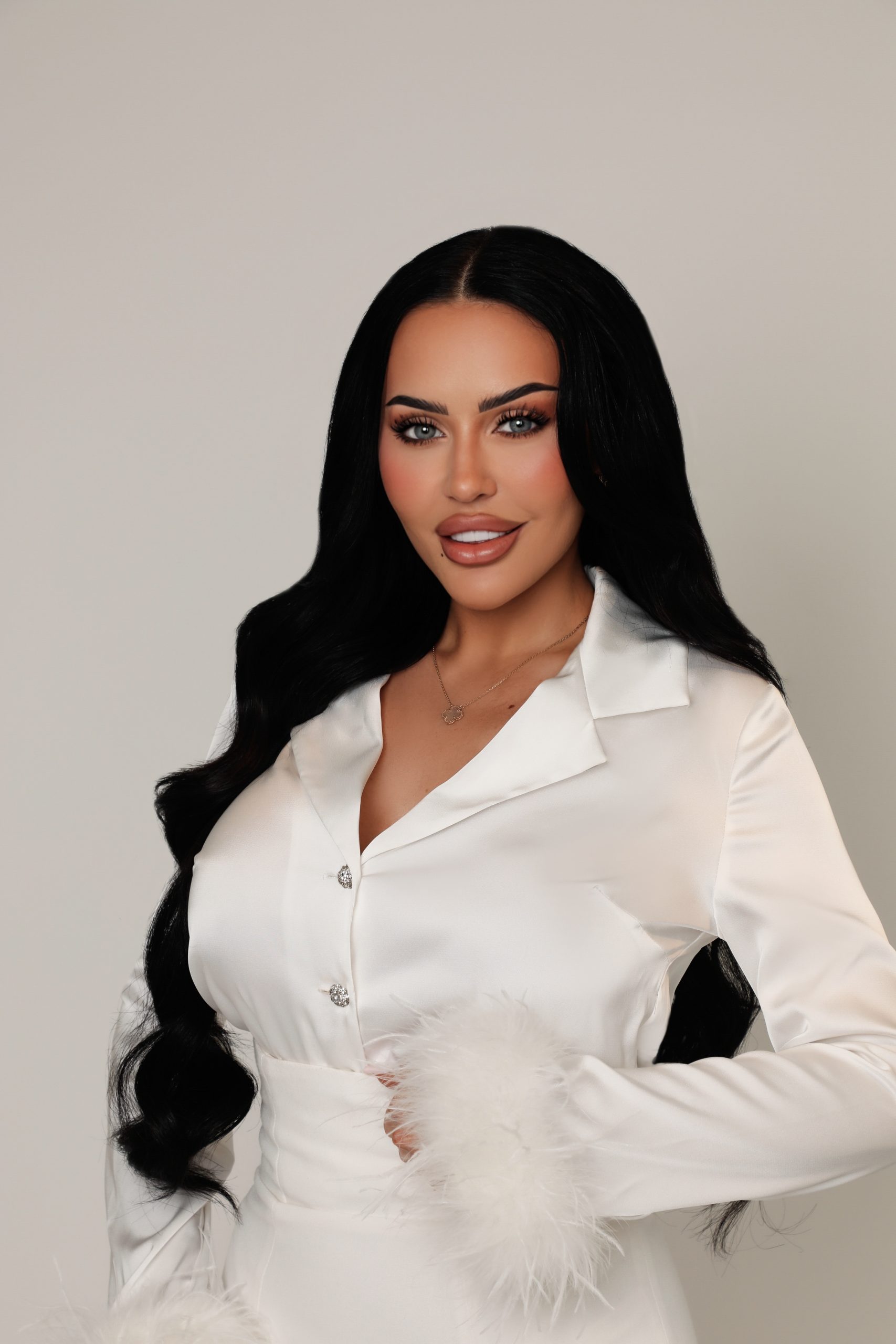As the sun’s rays grow stronger and longer, it’s officially time to embrace the season of SPF. While sunscreen is a year-round necessity, the warmer days and increased outdoor activities prompt us to reevaluate our sun protection strategies. With so many factors to consider—such as formula choice and application amount—many find themselves perplexed. To shed light on this crucial matter, Vogue turned to esteemed dermatologist Dr. Sam Bunting for her expert advice on the dos and don’ts of SPF application. Here are her top five recommendations to help you soak up that essential vitamin D with confidence.Do: Choose a Broad Spectrum SPFFor comprehensive protection against the damaging effects of UVA and UVB light, opting for a broad spectrum SPF is essential. Dr. Bunting emphasizes the significance of safeguarding the skin against daily UVA rays that persist throughout the year. Unlike UVB, which causes visible burns, UVA rays are responsible for fine lines, pigmentation, uneven texture, enlarged pores, and collagen depletion—the factors contributing to dull and aged skin. A significant portion of UV light that reaches the earth comprises UVA rays, even permeating through glass. Hence, a broad spectrum SPF that shields against both UVA and UVB rays is a necessity, irrespective of skin tone.Do: Select the Right Sunscreen Type for Your SkinSunscreen products fall into two categories: chemical and physical. Chemical sunscreens contain compounds like octinoxate and oxybenzone that act as sun filters by absorbing UV light, while physical sunscreens employ minerals like zinc oxide and titanium dioxide to physically shield the skin from UV rays while reflecting them away.Dr. Bunting advises that a hybrid of both types provides optimal protection against UVA and UVB rays. However, some individuals may experience sensitivity to chemical formulations, which are preferred for their absence of the notorious white cast. Mineral sunscreens, such as those containing zinc oxide, are ideal for sensitive or redness-prone skin, providing gentle protection. Regardless of the choice, effective UVA and UVB protection can be achieved with both types.Don’t: Skimp on Application AmountThe importance of generous application is often overlooked. Dr. Bunting underscores that while SPF levels are well-discussed, the significance of applying the formula adequately is equally critical. Using a quarter of a teaspoon (or 1.25ml) for both face and neck is recommended—enough to uniformly coat the skin. She recommends the “13 dot technique,” where 13 dots of SPF are applied across the face and blended together. This ensures even distribution and optimal protection.Don’t: Rely on Makeup for SunscreenA common misconception is that the SPF in daily makeup suffices for sun protection. Dr. Bunting clarifies that relying on tinted moisturizers with SPF is insufficient, as they typically offer limited UVB protection and are often under-applied. A dedicated sunscreen is imperative to ensure comprehensive and even coverage across all areas of the skin.Don’t: Settle for Low SPFChoosing between SPF 30 and 50 is a perennial dilemma. Dr. Bunting firmly supports SPF 50, as UV light is a proven contributor to premature aging and skin cancer. While SPF 30 provides 93% protection, SPF 50 offers 95% protection against UV rays. Moreover, considering the tendency to under-apply sunscreen, she recommends opting for SPF 50 to ensure optimal defense.In the pursuit of sun-kissed days, adhering to these expert guidelines can make a world of difference in safeguarding your skin’s health and radiance. Dr. Bunting’s insights empower us to make informed choices that prioritize our skin’s well-being and overall beauty, ensuring a luminous and protected complexion in the face of the sun’s powerful rays.
Expert Dermatologist Reveals the Top Dos and Don’ts of Sunscreen Application for Ultimate Sun Protection










